Resting at the foot of Mount Meru, the sprawling city of Arusha is known as the safari capital of northern Tanzania. It serves as an excellent base from which to explore the remarkably scenic surrounding area which includes majestic Mount Kilimanjaro, as well as the Manyara, Tarangire and Ngorongoro National Parks. Arusha is a good spot to take a day or two off from the safari circuit as it features a temperate climate and lush surrounds. Visitors can look forward to exploring the wildlife-abundant Serengeti National Park; the magnificent Arusha National Park; and taking on the challenge of climbing Mount Meru, Africa’s fifth highest mountain.
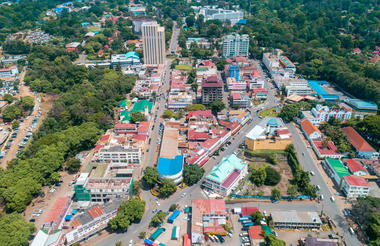
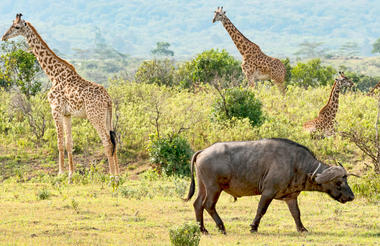
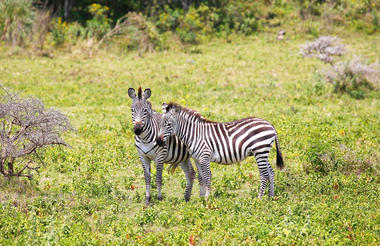
Located in Northern Tanzania, the Ngorongoro Crater is best known for its natural beauty and abundance of diverse wildlife; which makes it one of Africa’s most popular safari destinations. Surrounded by Tanzania’s highlands, this UNESCO-listed crater is said to be the world’s largest intact volcanic caldera. Visitors can look forward to spotting the world-renowned Big Five and a host of other wildlife species including large herds of zebra and wildebeest. It is famed as one of Tanzania’s best tourist attractions offering visitors an array of wonderful activities including excellent bird watching, trekking, wildlife viewing, mountain biking and visiting a local Maasai village. Don’t miss the opportunity to jump on an excursion to the magnificent Olduvai Gorge.
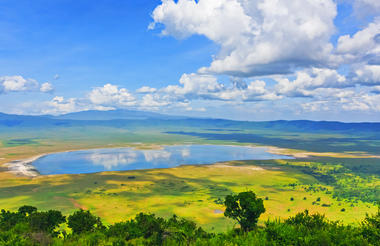
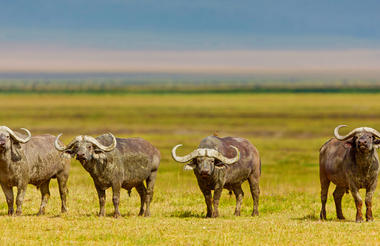
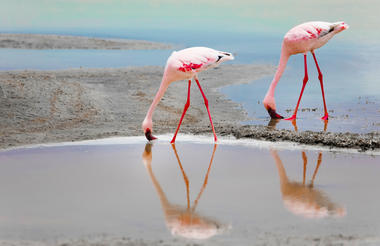
The Serengeti, together with Kenya’s Masai Mara Game Park, constitute Africa's most famous wildlife park, spread over the enthralling landscapes of northern Tanzania. This is a precious ecosystem, supporting the annual wildebeest migration through the Serengeti and the Masai Mara. The largest mass movement of land mammals on the planet involves more than a million animals following the rains, including more than 1.5 million white-bearded wildebeest and 250 000 zebras. Prides of lions, as well as groups of elephants, giraffes, gazelles, and eland, roam among the photogenic vast grass plains between weird-and-wonderful-looking acacia trees. Aside from traditional vehicle safaris, hot-air ballooning over the Serengeti plains and horse riding safaris are on offer.






